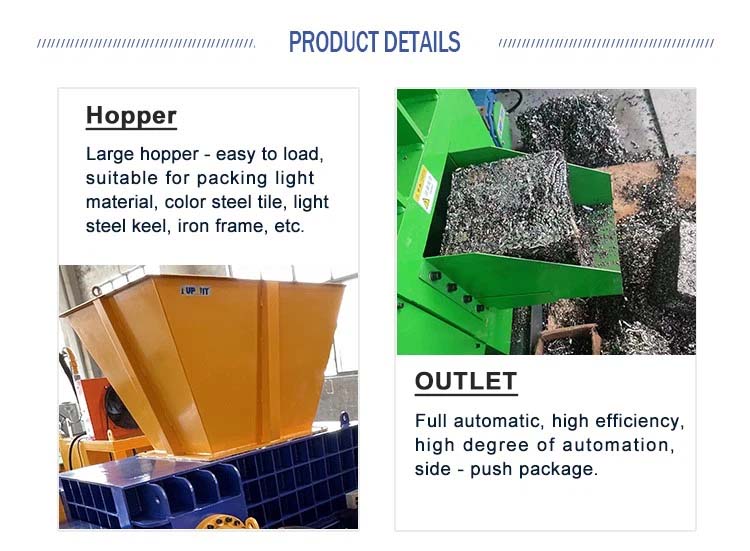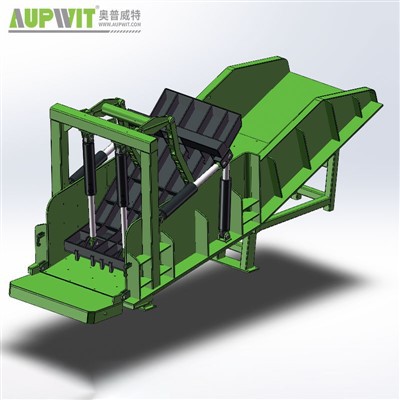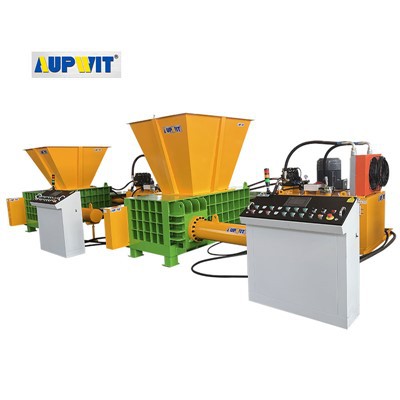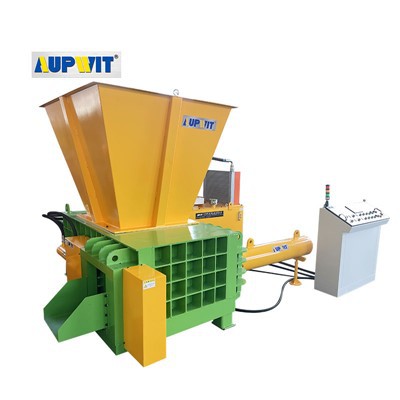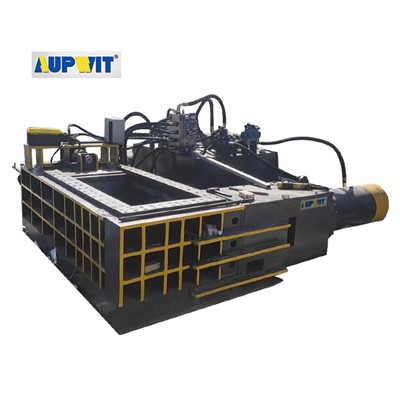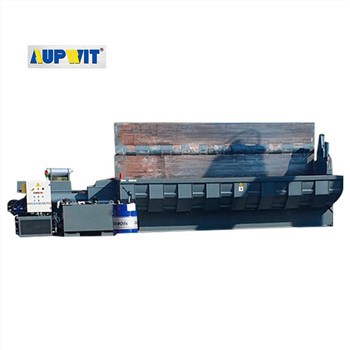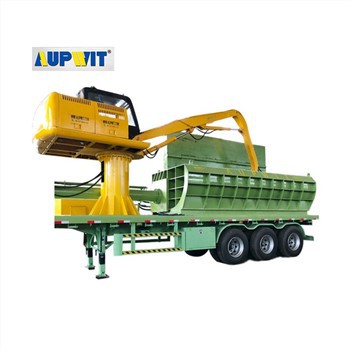1. Feeding system
It is usually composed of a conveyor belt and a feed hopper. The conveyor belt is responsible for smoothly conveying the materials to be packaged from the stacking place to the feed hopper, and the feed hopper plays the role of guiding the materials into the compression chamber. Its shape and size design will vary according to different materials and baler specifications to ensure that the materials can smoothly enter the baler.
2. Compression chamber
It is the space where the material is compressed. It is generally made of high-strength metal plates with sufficient strength and rigidity to withstand the huge pressure during the compression process. The length, width and height of the compression chamber determine the size of the final packaged block. On one or both sides of the compression chamber, a movable pressure plate is usually set to squeeze the material.
3. Compression mechanism
It is mainly composed of components such as hydraulic cylinders, pistons and pressure plates. The hydraulic cylinder is a key component that provides power. The pressure oil provided by the hydraulic system pushes the piston to drive the pressure plate to reciprocate in the compression chamber, thereby compressing the material. The surface of the pressure plate is usually designed with special patterns or structures to increase the friction with the material and improve the compression effect.
4. Strapping system
Located at the outlet of the compression chamber, the strapping system will automatically start when the material is compressed into a bale. It generally includes a belt feeding mechanism, a tensioning mechanism, a knotting mechanism, and a belt cutting mechanism. The belt feeding mechanism leads the strapping belt from the belt roll and sends it around the bale. The tensioning mechanism tightens the strapping belt so that the bale is tightly bound. The knotting mechanism is responsible for tying the strapping belt into a firm knot. Finally, the belt cutting mechanism cuts off the excess strapping belt.
5. Discharging device
It consists of a discharging door and a bag pushing mechanism. When the bale is bundled, the discharging door opens, and the bag pushing mechanism pushes the bale out of the compression chamber, allowing it to enter the subsequent transportation or storage link. The push mechanism is usually driven by a hydraulic cylinder or other power device, which can provide enough thrust to push the bale out smoothly.
6. Control system
It is the "brain" of the horizontal baler. It consists of an electrical control cabinet, an operation panel and various sensors. The operator sets various parameters of the baler through the operation panel, such as compression pressure, compression time, and the length of the strapping belt. The control system will accurately control the actions of each mechanism based on these parameters and the information fed back by the sensor to realize the automation and intelligence of the baling process.
